Austin | Food delivery platforms are investing into dark kitchens, while QSR chains are driving digitalization. More and more orders are being placed in advance via mobile apps. How does this influence the restaurant of the future? A potential answer is Whataburger's digital kitchen, a restaurant without dining area or drive-thru.
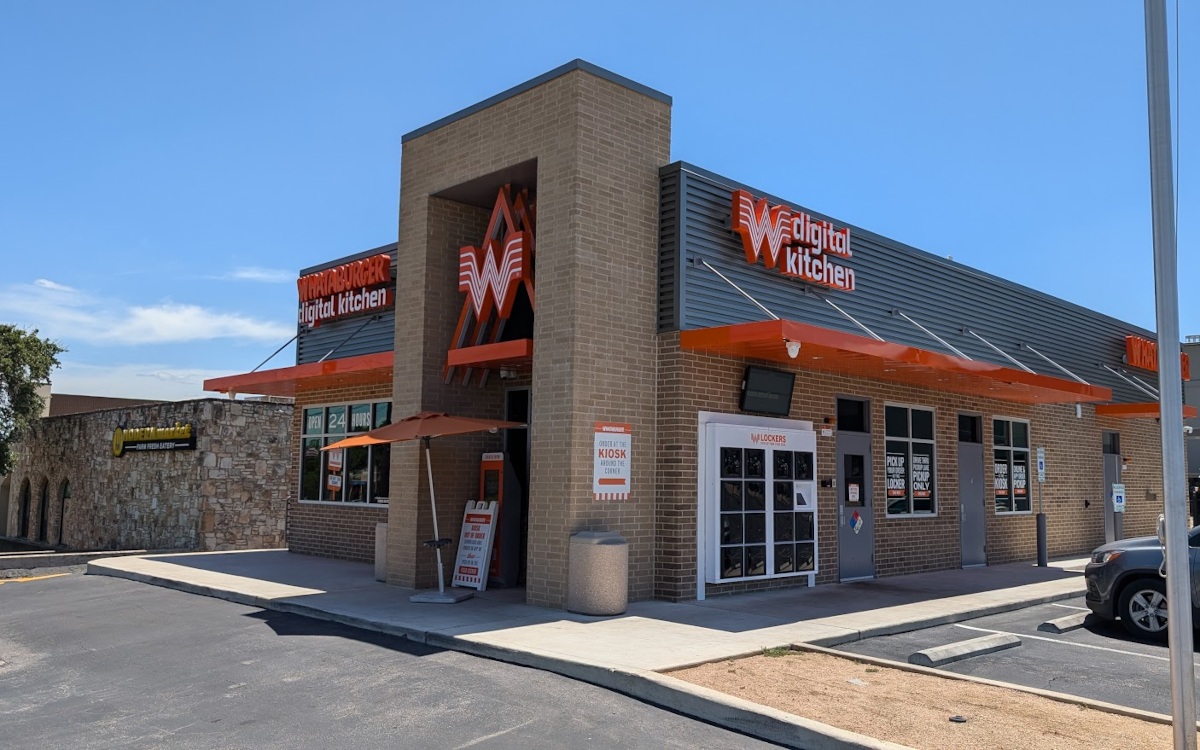
Digital Kitchen: The Digital-only QSR
Austin is not only the self-proclaimed Live Music Capital of the World, but also the new Silicon Valley. More and more tech companies are moving to the Texas capital because of the significantly lower living costs and the large network of IT experts. This new, digital-savvy population means Austin is the right place to test new digital restaurant concepts.
The Texas-based burger chain Whataburger (more than 1,000 restaurants nationwide with 3+ billion USD in sales) opened Digital Kitchen in an affluent neighbourhood of Austin. It’s Whataburger’s first restaurant without a dining area, an order desk, tables, or chairs. It exclusively serves food for pick-up, not even drive-thru ordering is offered, which makes up 80 percent of America’s QSR market. Nevertheless, customers do not have to leave their car to receive their burger.
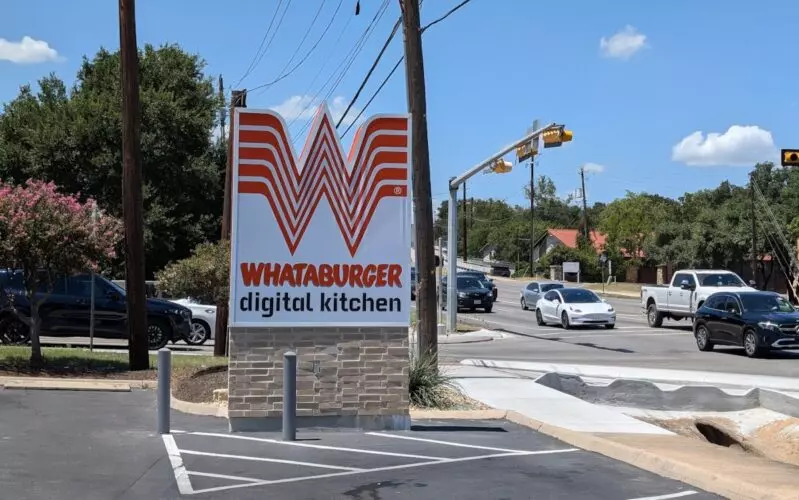
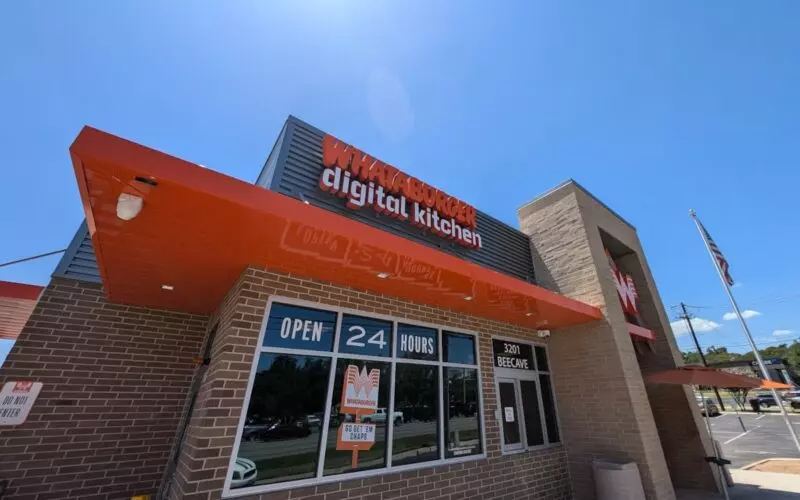

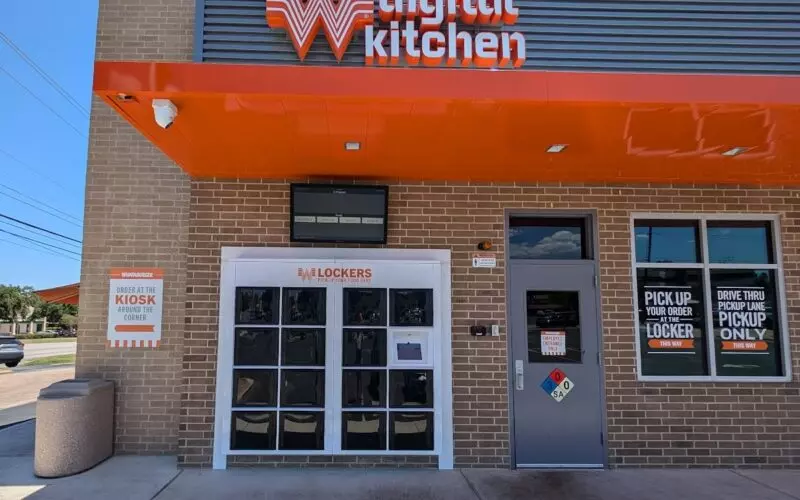

Digital-only
In the Bee Cave district branch, orders can only be placed digitally, via Mobile app or kiosk. No door, no windows, and of course no order counter or order drive thru. The digital kitchen concept leaves no room for human contact – everything is consistently digital. This has caused some regular Whataburger customers to complain online about the missing Texan hospitality.
The majority of customers order via the app – from home, the office or on the go. To calculate the real arrival time of the customers, Whataburger integrated the location platform Radar, an option over 80 percent of customers use. Whataburger receives a live ETA (Estimated Time of Arrival) and can therefore prepare the individual order fresh on time.
Orders are collected via a pick-up window similar to a drive thru. Both an outdoor high-brightness display and the app inform customers once their order is ready for pick-up. The typical QSR-queue is history.
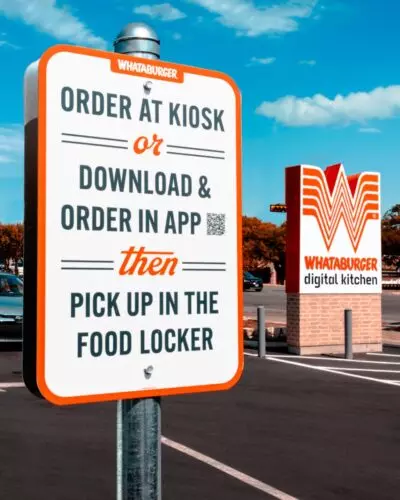
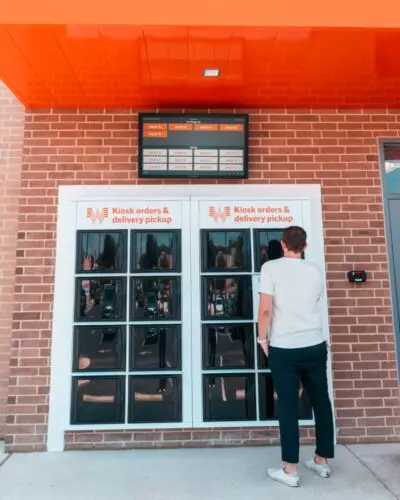
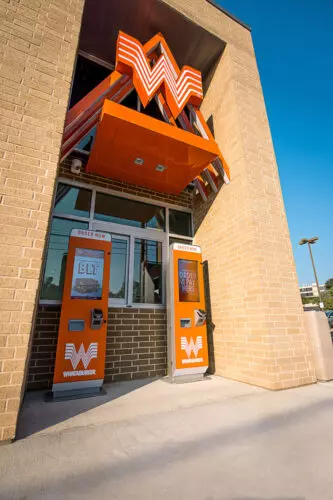
Customers without an app can order at two outdoor kiosk terminals and pick up their order from a digital locker. Large digital signage screens provide information about the order name and the pick-up compartment.
Of the two order kiosks, one was in-op during our site inspection, a parasol was set up to provide shade. The housing of the kiosks lacked the robustness for outdoor use in hot Texas climate, which cannot be good news for the displays’ lifespan.
For Whataburger, the digital kitchen concept complements standard restaurants. It can be operated with 20 percent fewer staff than a normal branch – a great advantage in times of staff shortages. The real savings, however, lie in smaller plots of land and smaller buildings, even though the first digital kitchen has been built into a standard restaurant.
For the digital signage industry, these new digital kitchen concepts still offer potential, for example for high-brightness screens. However, there are less screens than in standard restaurants.
